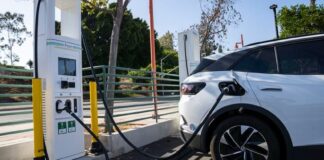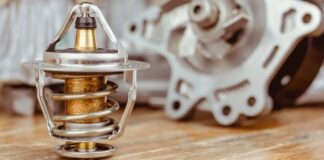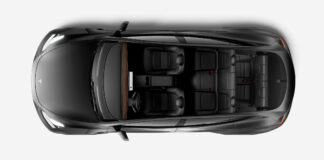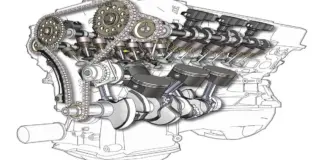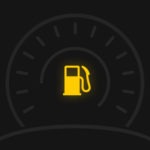For over a century, the internal combustion engine has powered most vehicles on the road, evolving dramatically along the way. At the heart of this evolution lies the method of mixing air and fuel before combustion—a function handled either by a carburetor or a fuel injection system. Understanding the difference between these 2 technologies is not just for car enthusiasts or mechanics; it’s essential for anyone curious about how vehicles operate, and how these systems affect performance, fuel efficiency, maintenance, and driving experience.
The carburetor, a once-standard component in automobiles, has been around since the early days of engine design. It’s a mechanical device that uses vacuum pressure to mix fuel with air before it enters the combustion chamber. Simple in concept and design, carburetors were the backbone of automotive engineering for decades. On the other hand, fuel injection systems—especially electronic fuel injection (EFI)—represent the modern approach, delivering fuel directly into the engine with precision, thanks to a combination of sensors and computer controls. Today, almost all new vehicles come equipped with some form of fuel injection, signaling a clear shift in automotive technology.
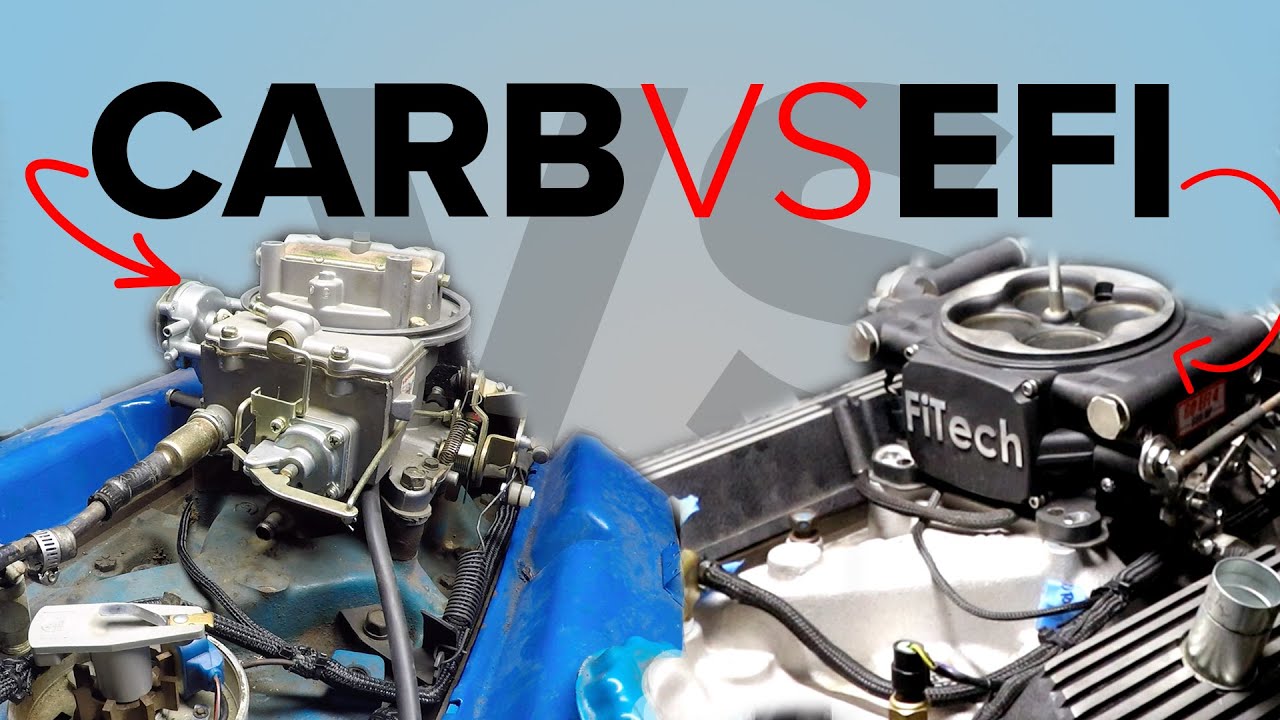
Despite the widespread adoption of fuel injection systems, the debate between carburetors and fuel-injected engines remains alive, especially among vintage car owners, motorcycle enthusiasts, and DIY mechanics. Each system has its own set of advantages and disadvantages. Carburetors, for instance, are often praised for their simplicity and ease of repair, while fuel injection is favored for its superior efficiency, performance, and emissions control. But these pros and cons come with trade-offs that affect everything from maintenance costs to drivability in different conditions.
In this article, we’ll dive deep into the mechanics, benefits, and drawbacks of both carburetor and fuel-injected engines. There have been so many on-going debates as regards this topic: the curburetor and the injection engine which one is better? For some car zealots, it is the curberator while some will stick with the injection engine.
Is the carburetor or the fuel injection better in boosting the engine performance?
How they serve the car engine
The car engine possesses cylinders, which in turn contain combustion chambers, and pistons where energy from the burning of gasoline is being released. The carburettor or the fuel injectors are both responsible for feeding air and fuel into the engine. However, the performance of both are rated depending on the amount of air and fuel that each can input into the engine cylinders.
Brief history of the carburetor and the fuel injection system
The carburetor system was first in use before the fuel injection system. The initial carburetors used in car engines depended on air blowing over liquid fuel thus gathering fuel vapours and utilizing it for ignition. This version was later replaced by versions that utilized the Bernoulli principle whereby airflow through a venturi tube delivers fuel that is proportional to the amount of air going into the engine.
Although the fuel injection system had its roots as far back as the 1880s, it was not in full use until in the 1920s. It was available only in a few American cars such as the 1957 Chevrolet GM that offered it for just one year. This was probably because it seemed complex back then. At that point, it was restricted to compression- ignition engines that ran on diesel. It was until the mid-1950s that it became utilized in both gasoline and diesel engines and had two variants: the mechanical and electronic.
The carburetor system
The carburetor is designed in such a way that it contains jets that function to push in gas to the engine’s combustion chambers. Of course, the amount of fuel flowing through the jets would depend solely on the amount of air that passes through the carburetor venture. Each cylinder however does not have a carburetor and for this reason, it can’t monitor the air to fuel ratio for each of the cylinders.
Pros
- They are durable, last longer than the fuel injection system, and are mostly used in sports cars.
- They are simple and easier to install when compared to the fuel injection. You can even reassemble a carburetor system in your garage; you only need some spare parts and some basic hand tools to do that.
- They are obviously less expensive than the fuel injection system.
Cons
- Because they cannot monitor the air to fuel ratio for each cylinder, they cannot provide an accurate result; hence, there is a reduced performance on their part.
- They cannot adjust to changes in fuel temperature or atmospheric pressure.
- They have a higher carbon emission and a lesser fuel efficiency.
Fuel injection system
They are gaining more popularity as the carburetor is gradually going into extinction. They are of two variants – the direct injection and the port fuel injection. While the direct fuel injection is the most recently developed fuel injection system, the port fuel system is still very much in use. The direct fuel injection is designed to be used specifically in four or two stoke engine.
Pros
- They can accurately deliver the required amount of fuel to each cylinder; hence, providing the engine with a better performance and optimal power.
- They are more precise. Hence, they reduce fuel consumption thereby increasing fuel efficiency and at the same time emit fewer carbons.
Cons
- They are much more complex and more expensive than the carburetor system.
Concluding on which of the two is better depends on the angle you are looking at it from. If you are looking at it from the angle of fuel efficiency and high performance, the fuel injection has it, and accept that it is more costly. But then, I bet a good number of people won’t mind to pay the price to get a better performance with the engine that supports fuel economy.

